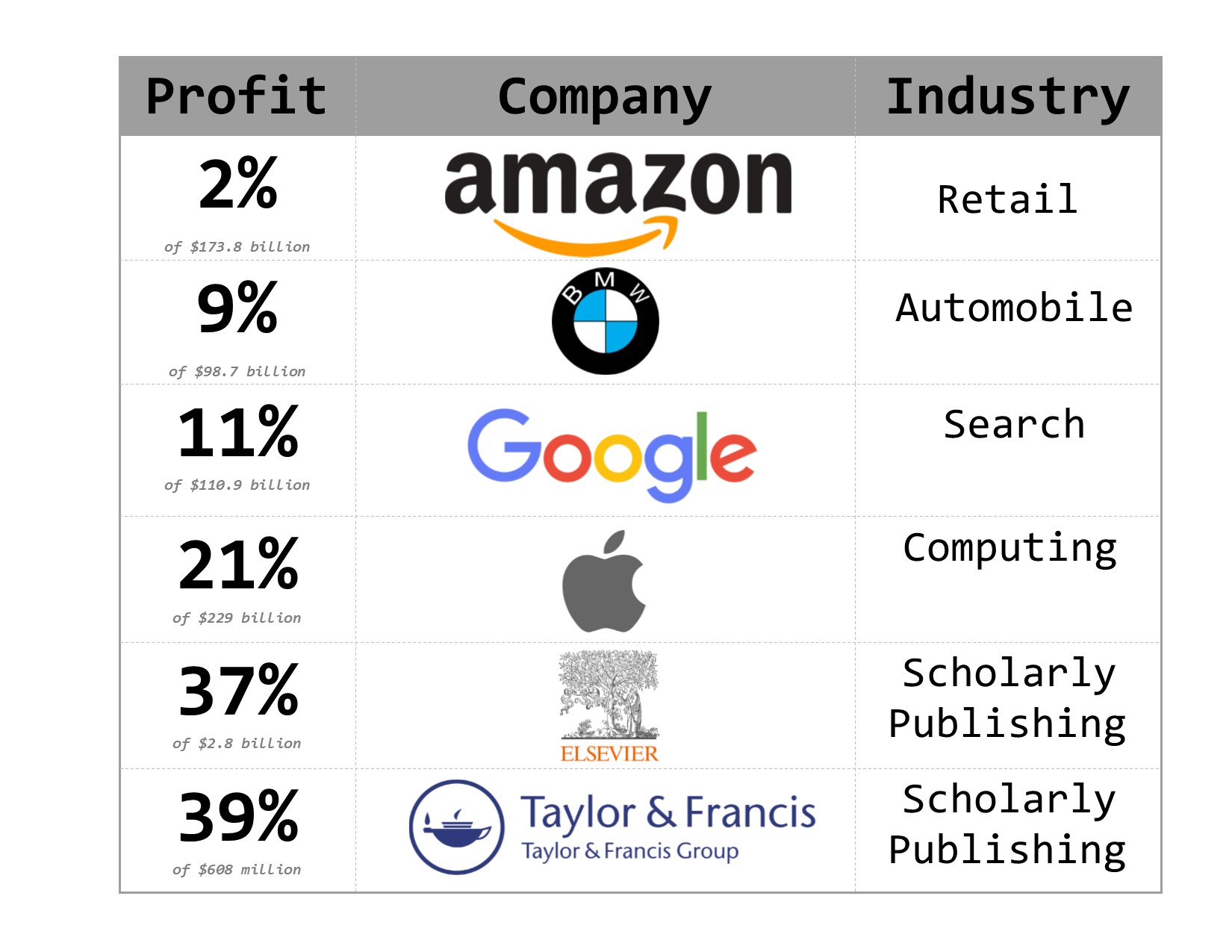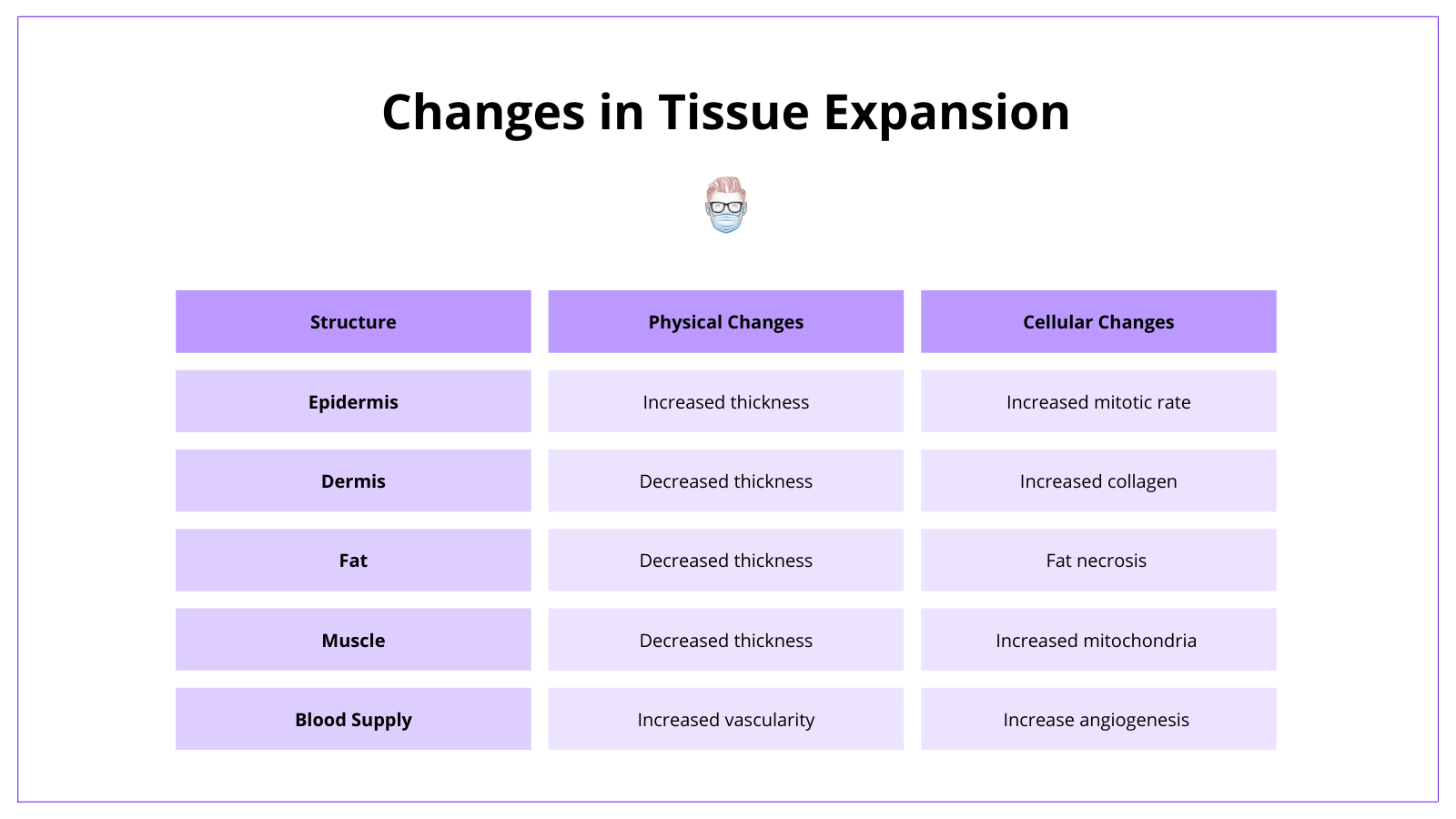In this week's edition
- ✍️ Letter from P'Fella
Get Paid: Your Plastic Surgery Work Matters - 🤓 The Sunday Quiz
Tissue Expansion - the finer details - 🔦 Spotlight
Sidekick AI is now trained on GPT4.
It can also improve your interview answers. - 🐣 Tweets of the Week
What was hot on Twitter this week. - 🤔 Ask Sidekick
The best question asked by you. - 📝 3 Trending Hand Articles
Pain relief, Intramedullary + WALANT in 2024 - 📢 Special Announcement
Work with P'Fella, earn $10,000 & more. - 💕 What do you want to read?
Suggest ideas & give feedback!
PS - so far, 80+ applicants for the International Educational Fellow position.
A Letter from P'Fella
Get Paid: Your Plastic Surgery Work Matters
This week we're going to start flipping the script. In a world where your expertise in plastic surgery often earns applause, its time for a reality check and also a paycheck.
👇
It’s time for some hard truths about the value of your work in the world of plastic surgery and academia. The status quo? It’s a narrative that profits off your brilliance and dedication without offering a dime in return.
I've seen too many passionate professionals pour their hearts and souls into fellowships or editorial gigs that offer immense value but overlook one crucial detail – the pay-check.
Here’s what's currently expected of you:
- Work for free because it'll boost your career, they say. But at what cost?
- Invest your expertise in reviewing articles without any compensation. It's for the 'greater good,' but whose good, really?
- Present your research globally. But remember, every ticket, every stay – it’s on you, while your hard work adds zeros to their profits.

Here's what P'Fella has in mind:
Your work, your time, your ideas – they’re invaluable, and it’s high time they were treated as such.
Your skills, your time, your innovation – they’re worth more than just a pat on the back. They deserve a spot on your bank statement.
• Academia and plastic surgery typically reward prestige over pay.
• Expect unpaid work, article reviews, and self-funded research.
• P'Fella's fellowship offers financial compensation for your efforts.
• Time to move from unpaid labor to deserved earnings.
The Sunday Quiz
What changes during tissue expansion?
Tissue expansion increases soft tissue availability by optimising the skin's viscoelastic properties. Architectural and histological changes occur to the skin, subcutaneous tissue & blood supply through mechanical creep, biological creep and stress relaxation.
Neuman first described it in 1957.

Spotlight
SideKick AI is now trained on GPT-4
Sidekick AI on thePlasticsFella just leveled up with GPT-4, making it smarter and more intuitive for your needs.
What's the benefit of this update? The shift to GPT-4 is a big deal; it means sharper insights and a richer understanding in areas. Check it out below 👇
The model has been retrained on all thePlasticsFella content and also developed for interview prep! Soon I'll be enhancing your learning experience even further with new features for clinical cases, flashcard curation, and quizzes. Sidekick is not just evolving; it's revolutionizing the way you learn and practice
Tweets of the Week
Don't forget to follow P'Fella!
I know we're not in the business of treating x-rays but, what would you be thinking of offering this 39-year-old? No previous imaging. No history of trauma. pic.twitter.com/sMXlOZxLYd
— RJ (@northwoods1980) January 19, 2024
How your Zoom background affects judgements of trust and competence — wish I had this analysis 2 years agohttps://t.co/co8VCd1wcQ @PaddyRoss1 pic.twitter.com/HXCLyu7Za8
— Alvin (@alvie_barr) January 25, 2024
When I was a trainee in the 90s, the way to safely get rid of an underperforming surgeon was by blocking their academic promotion. Today, the safest way is to promote them to full professor and sell them as chief to a large tertiary center affiliated with an academic institution.
— George Tolis (@georgetolisjr) January 25, 2024
Ask SideKick
The best question from Sidekick this week.
There are several variations in raising the latissimus dorsi flap, and the choice of technique depends on the patient's habitus and the preferences of both the patient and surgeon. Here are some of the variations:
1. Extended Latissimus Dorsi Flap: This involves detaching a large ellipse of skin from its surrounding skin on the back but leaving it attached to the underlying fat and muscle. The remaining skin is elevated just deep to the superficial fascial system (Scarpa’s fascia), leaving a layer of fat over the whole latissimus dorsi muscle
2. Augmented Musculocutaneous Latissimus Dorsi Flap: This variation involves the use of an implant to augment the volume of the flap.
3. Muscle-Only Flap: This technique involves using only the latissimus dorsi muscle for coverage, typically of the lower pole of an implant.
4. Thoracodorsal Artery Perforator Flap: In this technique, the muscle is left in situ, and only the skin and fat are mobilized based on the thoracodorsal artery perforator.
Remember, the choice of technique should be individualized to each patient, taking into account factors such as the patient's body habitus, the desired aesthetic outcome, and the patient's overall health status
❤️ Sidekick
Articles of the Week
3 Trending Hand Articles!
3 Trending Hand Articles
- Best post-op pain relief in hand surgery
Multimodal Pain Management After Outpatient Orthopedic Hand Surgery: A Prospective Randomized Trial, Asif M. Ilyas et al. J hand Surg, Oct 2023. - WALANT Updates in 2024
Wide Awake Local Anesthetic No Tourniquet in Hand and Wrist Surgery: Current Concepts, Indications, and Considerations. Sawhney et al. PRS Go, Jan 2024. - Intramedullary Fixation in Hand Fractures
Intramedullary Fixation of Hand Fractures and Arthrodeses. Hassan K et al. J Hand Surg Am. 2024 Jan;
Special Announcement
P'Fella is looking for someone to join me!

Deadline is in 7 days!
International Educational Fellow - Now Open!
I'm on the lookout for someone passionate about plastic surgery education to join me.
It's important to be paid for your work, and now the thePlasticsFella can finally do that. The Educational Fellow will create engaging content, develop their own skills/knowledge and network.
100% remote, flexibility to work around your schedule. This isn't your typical clinical job – it's a unique chance to experience something new and different in plastic surgery.


